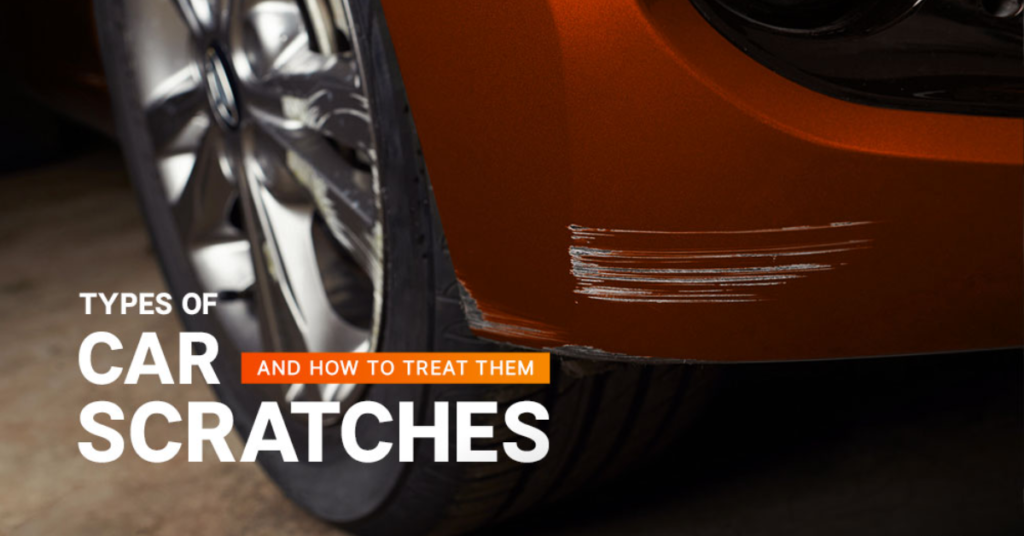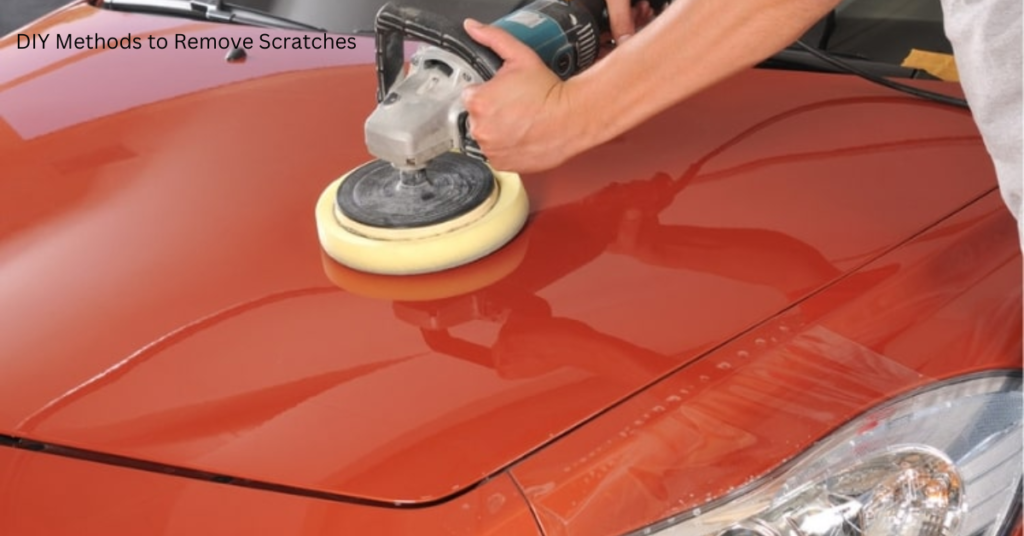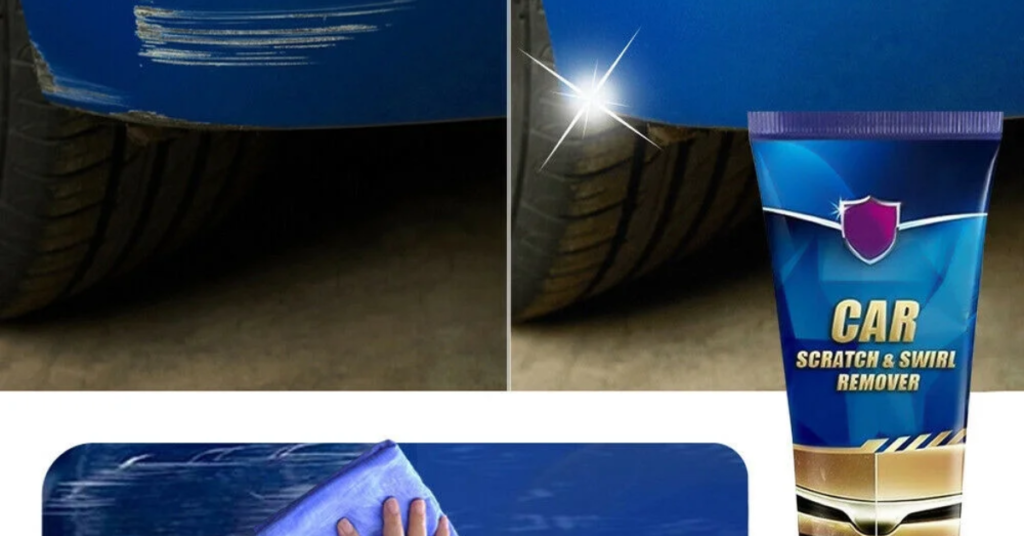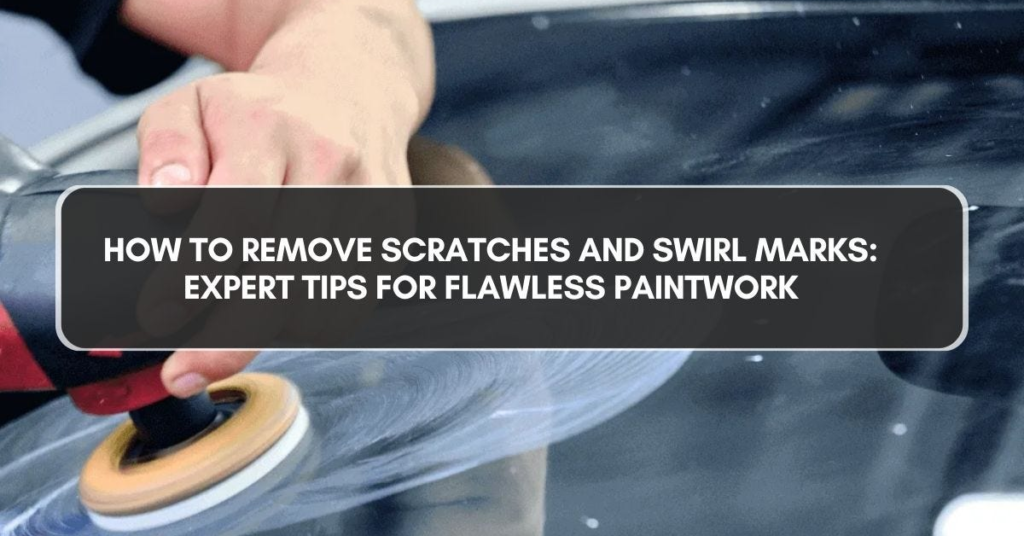Your car’s paint isn’t just about aesthetics—it’s a protective layer that shields the metal underneath from rust, UV rays, and environmental damage. Scratches and swirl marks not only diminish your vehicle’s appearance but can also lead to long-term paint degradation if left untreated. Whether caused by improper washing, accidental scrapes, or environmental factors, these imperfections can be frustrating.
The good news? Many scratches and swirls can be fixed at home with the right tools and techniques. In this guide, we’ll walk you through step-by-step methods to restore your car’s paint to its former glory, along with expert tips to prevent future damage.
Main Body
1. Understanding Scratches vs. Swirl Marks

Before fixing the problem, it’s essential to know what you’re dealing with:
- Scratches – These are deeper marks caused by keys, branches, or debris. They may expose the primer or metal if severe.
- Swirl Marks – These are fine, circular scratches often caused by improper washing, automatic car washes, or dirty microfiber towels. They appear as spider-web-like patterns under sunlight.
Expert Insight:
According to a study by the International Carwash Association, 80% of swirl marks are caused by improper washing techniques, such as using dirty sponges or harsh brushes.
2. Assessing the Damage
Before attempting any repair, determine the depth of the scratch:
- Surface Scratches – Only affect the clear coat and can be polished out.
- Deep Scratches – Penetrate the base coat or primer and may require touch-up paint or professional repainting.
Quick Test: Run your fingernail over the scratch. If it doesn’t catch, it’s likely a surface scratch.
3. DIY Methods to Remove Scratches and Swirl Marks

Method 1: Polishing (For Light Scratches & Swirls)
What You’ll Need:
- Dual-action polisher or microfiber applicator pad
- Automotive polish or swirl remover
- Clean microfiber towels
Steps:
- Wash and dry the car thoroughly to remove dirt.
- Apply polish or swirl remover to a pad.
- Work in small sections using light pressure and circular motions.
- Wipe off residue with a clean microfiber towel.
- Repeat if necessary.
Method 2: Scratch Repair Compound (For Deeper Scratches)

What You’ll Need:
- Scratch repair compound
- Foam applicator pad
- Microfiber towels
Steps:
- Clean the scratched area.
- Apply the compound with a pad, rubbing in straight lines (not circles).
- Buff gently until the scratch fades.
- Wipe clean and assess.
Method 3: Touch-Up Paint (For Deep Scratches)
What You’ll Need:
- OEM-matched touch-up paint
- Fine-tip brush or applicator
- Clear coat (optional)
Steps:
- Clean and dry the area.
- Apply thin layers of paint, allowing each to dry.
- Finish with clear coat for added protection.
- Polish lightly to blend.
4. Preventing Future Scratches and Swirl Marks
- Wash Properly – Use a two-bucket method (one for soap, one for rinsing) and a grit guard.
- Use Quality Microfiber Towels – Cheap towels can scratch paint.
- Avoid Automatic Car Washes – Brush-based washes are notorious for causing swirls.
- Apply Wax or Ceramic Coating – Adds a protective layer against minor abrasions.
Pro Tip:
“A high-quality ceramic coating can reduce swirl marks by up to 70% by creating a harder surface that resists minor scratches.” – Auto Detailing Expert, Mike Phillips.
FAQs
1. Can toothpaste really remove car scratches?
Yes, but only for very light scratches. Toothpaste acts as a mild abrasive, similar to polishing compound. However, dedicated automotive products work better.
2. How often should I polish my car to prevent swirl marks?
Polishing once or twice a year is sufficient for most cars. Over-polishing can thin the clear coat.
3. Are scratch repair kits worth it?
For minor scratches, yes. However, deep scratches may still require professional repainting.
4. Can I use WD-40 to hide scratches?
Temporarily, yes—it fills in scratches by leaving an oily residue. But it’s not a permanent fix and can attract dust.
5. How do I know if a scratch is too deep to fix myself?
If you see bare metal or primer, or if touch-up paint doesn’t blend well, consult a professional.
6. Does waxing help hide swirl marks?
Wax can temporarily mask very fine swirls by filling them in, but polishing is the only way to remove them permanently.

